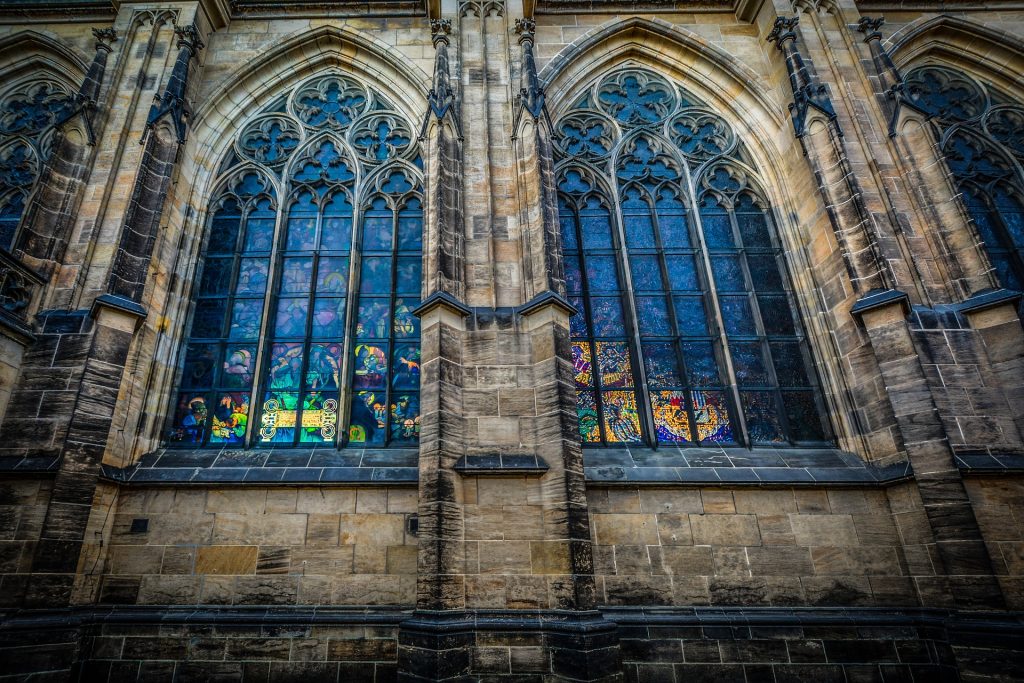At over 1,000 years old, Prague is a remarkably well-preserved gem in the heart of Europe. Its famous spires and cobbled streets have survived a turbulent political history to emerge as a beautiful blend of the historic and modern; its status as a UNESCO World Heritage site speaking for its extraordinary charm and historic value.
At the city’s founding in the 9th century, Prague was official home to the kings of Bohemia. Located on the banks of the Vltava it was a hub for trade, and soon became the capital of the Bohemian Kingdom and Holy Roman Empire. In 1348, Central Europe’s first university was founded within the city’s limits.

As well as being home to progressive thought and learning, the area on which the city sits has been known for brewing beer since the 12th century. Purists will enjoy the fact that the distinctive pilsner on sale throughout most of the Czech Republic today is recognised as the first light beer in the world.
Post-World War I, Prague was chosen as the capital of the newly-created state of Czechoslovakia. A period of turbulence followed, with the city being invaded by Hitler in 1939, and an invasion by the Soviet Union in 1968 following a failed attempt to establish democracy known as the Prague Spring.
The country’s first free elections were held in 1990 after a peaceful student demonstration dubbed the Velvet Revolution led to the severing of ties with Moscow.
For those who look hard enough, souvenirs and memories of the city’s past can be seen in outdoor sculpture, monuments and plaques dotted throughout.